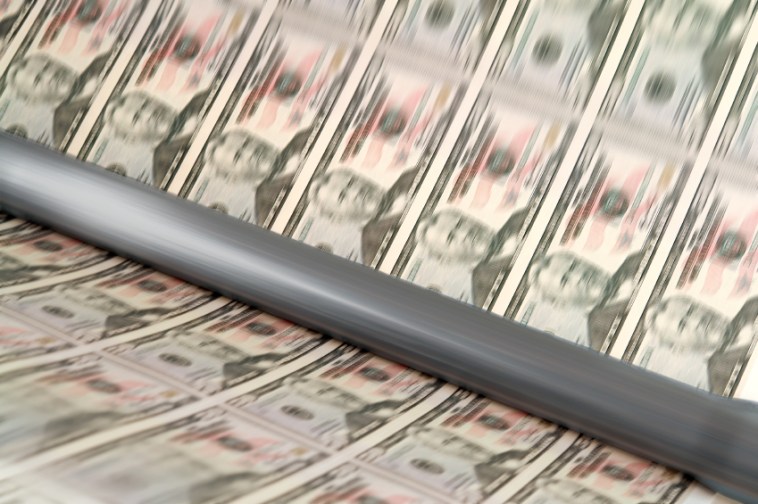Corporate welfare is on many Atlantans’ minds following Monday’s announcement the Braves plan to move to a new stadium in Cobb County at least partly financed by taxpayer dollars. Here’s your periodic reminder governments’ giveaways to private businesses often come in much larger amounts.
Videos By Rare
In today’s Wall Street Journal, Andrew Huszar, the former manager of the Federal Reserve’s bond-buying program known as quantitative easing, explains just how bad a deal QE has been for taxpayers — to the great benefit of the very financial industry that caused the crisis the Fed was trying to solve:
“In its almost 100-year history, the Fed had never bought one mortgage bond. Now my program was buying so many each day through active, unscripted trading that we constantly risked driving bond prices too high and crashing global confidence in key financial markets. We were working feverishly to preserve the impression that the Fed knew what it was doing.
“It wasn’t long before my old doubts resurfaced. Despite the Fed’s rhetoric, my program wasn’t helping to make credit any more accessible for the average American. The banks were only issuing fewer and fewer loans. More insidiously, whatever credit they were extending wasn’t getting much cheaper. QE may have been driving down the wholesale cost for banks to make loans, but Wall Street was pocketing most of the extra cash.
“From the trenches, several other Fed managers also began voicing the concern that QE wasn’t working as planned. Our warnings fell on deaf ears. In the past, Fed leaders — even if they ultimately erred — would have worried obsessively about the costs versus the benefits of any major initiative. Now the only obsession seemed to be with the newest survey of financial-market expectations or the latest in-person feedback from Wall Street’s leading bankers and hedge-fund managers. Sorry, U.S. taxpayer.”
Huszar dubs QE “the greatest backdoor Wall Street bailout of all time.” And at $1.25 trillion in one year — for just the first round of QE; we’re currently in round 3 and the total has surpassed $4 trillion — it dwarfs even the much-hated TARP bailout of 2008. These bond purchases are what people really mean when they talk about the Fed “printing money.” And at $85 billion a month it began in September 2012, QE 3 now doles out more money roughly every 22 weeks than the entire TARP bailout did, according to the CBO’s latest estimate. Think about that.
But it’s not just a bailout in terms of money handed to the banks or the profits they made with the cash, though those amounts are of course staggering. Combined with the misbegotten Dodd-Frank financial reform, quantitative easing has allowed the biggest banks to grow even bigger. Huszar reports they have “become more of a cartel: 0.2% of them now control more than 70% of the U.S. bank assets.”
So we’ve gone from banks that were deemed Too Big to Fail, causing a global panic and recession, to banks that are now Even Bigger. And there are signs we have another asset bubble on our hands. This is a policy success … how?
As I have written many times, the financial crisis would not have been possible without the combination of Big Business and Big Government. Every federal action taken since the crisis began, from the Bush administration clear through the Obama administration, has served to cement that relationship, not unwind it to a healthier condition. I suspect history will judge each president very harshly for this episode: Bush as the alleged supporter of capitalism who tried to save the free market by killing it, and Obama as the president elected in part for his rhetoric about fighting corporate greed and reining in “the rich” but whose actions have for the most part accomplished the opposite.
And earlier version of this article ran in The Atlanta Journal-Constitution.

